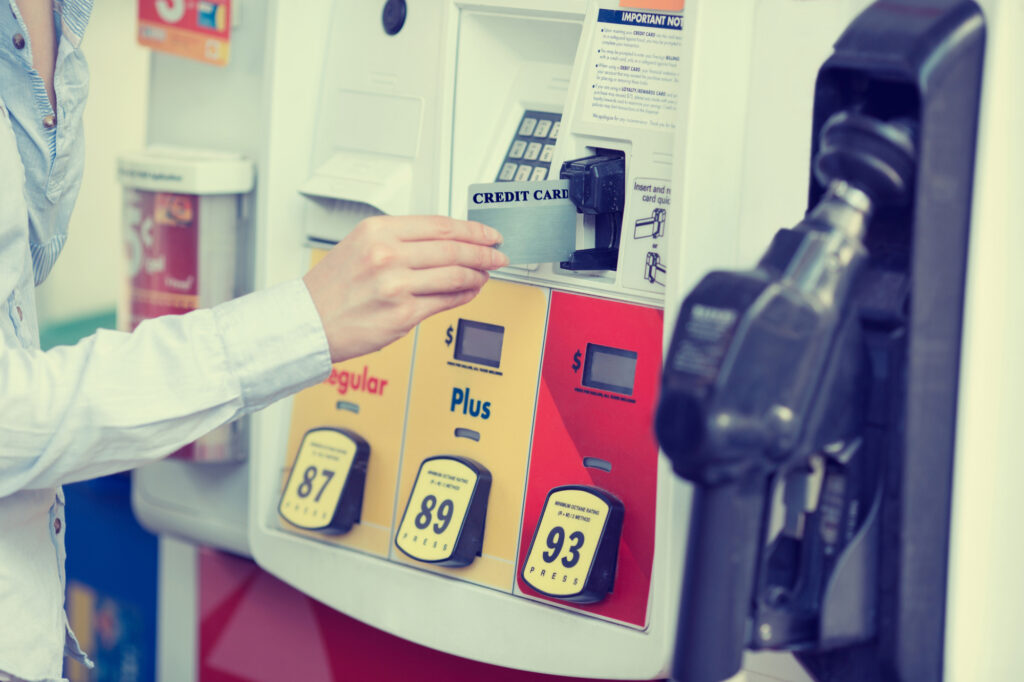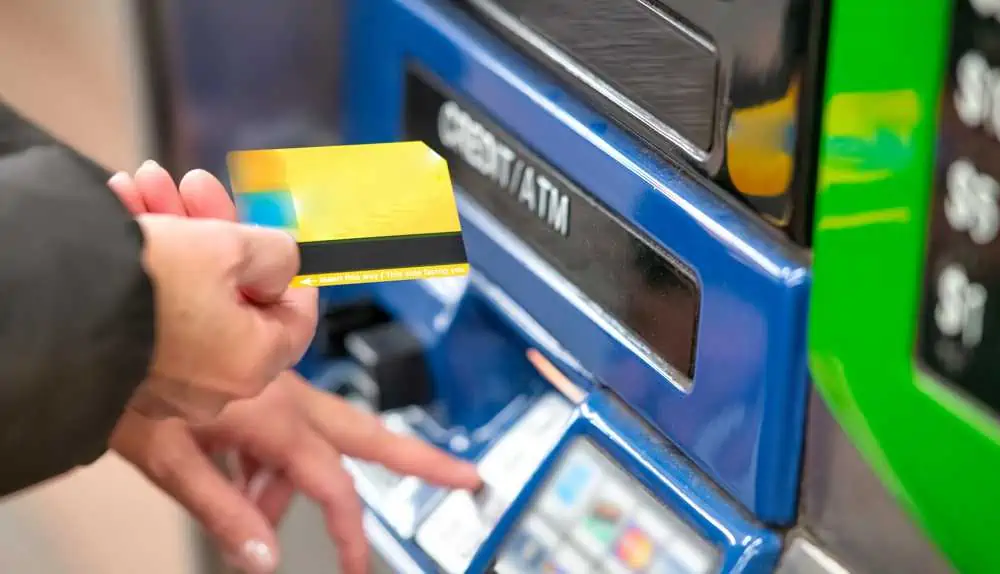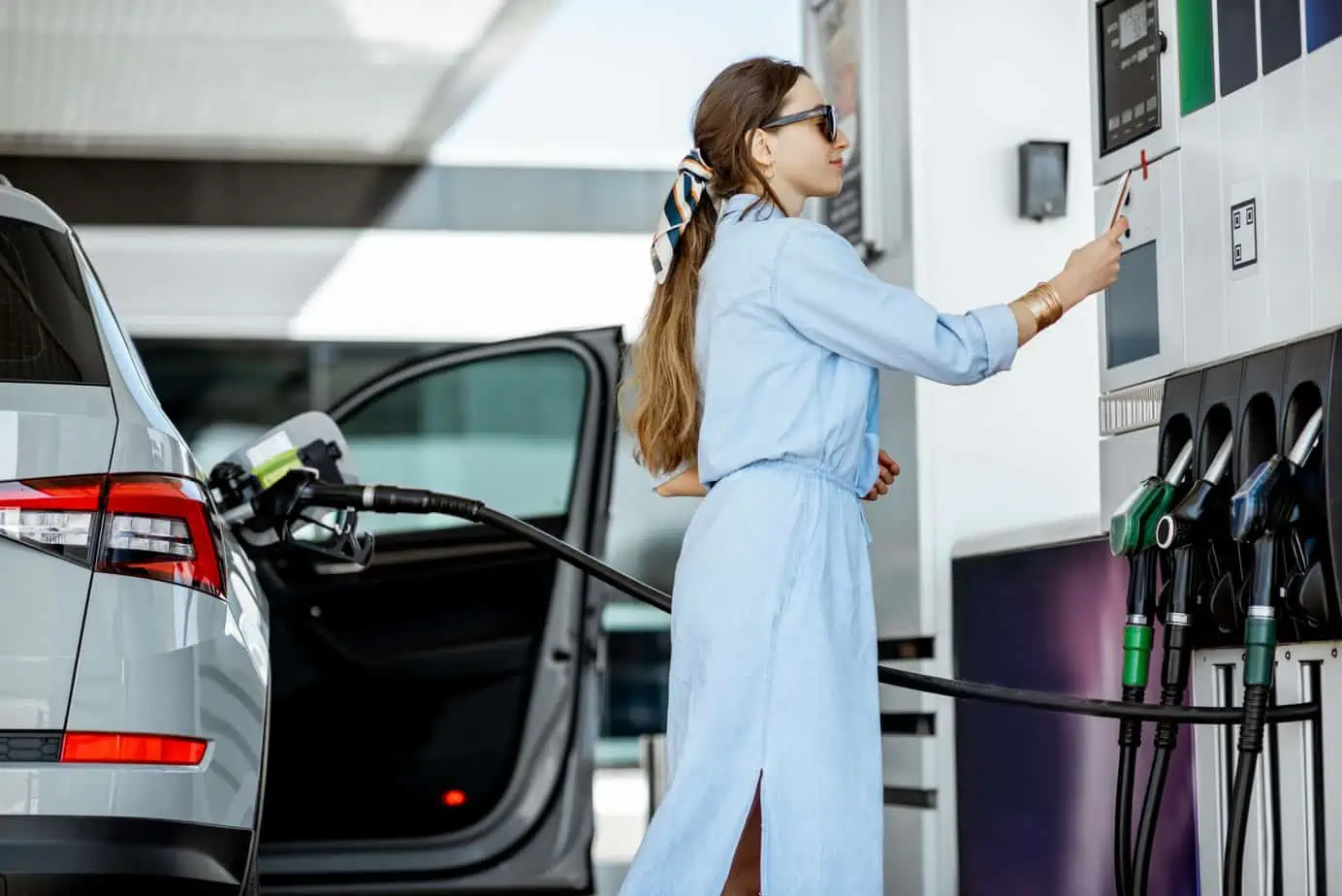It has been discovered via surveys and polls that pay-at-the-pump technology is the most popular form of cashless payment in both the European Union and the United States.
Transaction Network Services (TNS) has seen a meteoric increase in the availability of pay-at-the-pump technology. The majority of U.K. respondents (63%) in 2019 (pre-Covid) would rather pay at the pump than enter a convenience store. In COVID-19, consumers’ desire for pay-at-the-pump technology and services and their propensity to make additional purchases when filling up have both skyrocketed.
U.S. petrol stations began using contactless solutions for drivers long before the COVID-19 epidemic shifted our focus away from high-touch surfaces and personal interactions.
U.S. gas stations have been updating their pumps to accept EMV technology based on the new smart chips in credit cards, which enable simple contactless payment alternatives but have long been a target of scammers who employed credit card skimmers to steal drivers’ information.
Benefits Of A Cashless Fuel Payment Solution
Numerous advantages accompany a cashless fuel payment system. Some of them are listed below.

Cost savings in operations with pay-at-the-pump technology
Gas stations always look for methods to lower overhead expenses. Due to inflation causing salary increases, reducing operating costs in regards to personnel is challenging. However, gas station owners are under pressure from customers to keep their businesses open for longer hours, which means they need to hire more workers.
When it comes to accepting payments at gas stations, a mobile wallet solution might be the best option, since it gives business owners the freedom to set up unattended machines. In addition, this enables gas station owners to maintain continuous service hours.
Improvements to the client experience
Fuel companies face greater challenges in providing a smooth client experience than those in other sectors. The gasoline business has historically received little investment, and its highly volatile working environment is another contributing factor.
Although the cashless gasoline station module shows promise, it, too, has its drawbacks, including exposure to the elements and the possibility of vandalism.
Aside from that, the fuel merchant digital wallet functions adequately. With this system, the user doesn’t even have to get out of his vehicle to fill up on gas, making it a very convenient and pleasant experience.
Effectively navigating busy times
Gas stations can have trouble meeting customer demand during busy periods. Long lines form when a large number of vehicles are parked in one area, which reduces efficiency and makes consumers wait longer than necessary, which negatively impacts the customer experience.
Gasoline station operators can better handle peak hours with the aid of fuel payment systems. This is due to the fact that the solution shortens the time it takes to complete a payment, hence reducing the length of time customers must wait in line.
What is Pay-at-the-pump Technology?

Customers can pay for their gas without leaving their vehicle by using a “Pay at the Pump” system, which allows them to slide their credit or debit card into a slot at the pump.
In 1986, Mobil became the first American company to utilize pay-at-the-pump technology. Customers appreciate the pay-at-the-pump technology since they don’t have to get out of their cars, stand in line, or wait for a human station attendant to complete the transaction. It’s helpful since it frees up employees’ time to focus on things other than interacting with consumers.
How Transactions Using Pay at the Pump are Processed
As you may have guessed, the pay-at-the-pump technology used to accept payments at gas stations is strikingly similar to that used for rudimentary credit card processing. To pay for petrol at the pump is an option at nearly every gas station nowadays. The gas station offers the processing account, while the gas company provides the equipment that facilitates payment at the pump.
Deposits at the Gas Station
A merchant account is issued by the credit card processor once the business (a gas station in this case) has registered with them. The merchant services provider will subsequently provide a terminal and a means of handling payments. As soon as a customer swipes their card through the pump terminal, the credit card company handles the transaction. The terminal will often deduct a modest authorization fee from the customer’s account to confirm the transaction. The sum might be ranging from $1 to $5. The gas station’s owner will get their money back in full eventually. It operates in a manner highly resembling that of credit card processing by firms in other sectors.
Payments will be made into the company’s bank account at regular intervals. The firm will decide how often you will be paid.
Terminals for Pumps
Gas stations’ gas pumps come from the gas business, but the terminal itself comes from the credit card processing provider. There are terminals available for usage within the shop itself. The gas station’s exterior pump terminals are wired straight to the store’s credit card processing system. All payments are credited to the gas station at the scheduled times, and the oil firm can keep track of the details.
Payment Processing Costs
Processing credit card payments will incur a charge from any merchant service provider. Gas stations may increase their pricing somewhat to cover this cost. The charge might be calculated in a few different ways, depending on the entity doing the processing.
Credit card processing is still widely used because of the substantial revenue boost it provides to businesses. Payment at the pump in the open air enables the consumer to quickly and easily refuel their vehicle.
Current Pay at the Pump Technology Trends

Cross-Channel Interaction
The trend in the card business is toward a more streamlined consumer experience through analytics-based personalisation. Companies that issue gasoline cards are capitalizing on this omnichannel strategy by integrating GPS-based services into their mobile apps. Due to the significant savings in money and time that may be realized through an omnichannel approach, gas stations absolutely must adopt this business methodology.
Using EMV as a Standard
All the main markets have switched to EMV after the US card industry adopted MasterCard, Europay, and Visa (EMV). As a result of the EMV migration, significant financial resources have been allocated by a wide range of stakeholders, including retailers, card issuers, and merchant acquirers. EMV cards have also recently been issued by the fuel card sector.
Fuel station operators and customers alike might reap benefits from these chip-based cards. There are several benefits, including better management and protection of “offline” credit card transaction approvals.
U.S. gas stations have until October 2020 to upgrade their pumps to EMV technology because of the time and money involved. This is in contrast to the 2015 deadline for most stores to utilize EMV technology or face liability for fraudulent credit card activity.
Credit card firms in the United States delayed the deadline for petrol stations to install EMV technology until April 2021 as a result of the COVID-19 pandemic. Many service stations used the funds from EMV improvements to install additional contactless technology in their pumps, providing an additional incentive for motorists.
Promotions Based on Customer Loyalty
To effectively handle growing consumer demand and retain clients in the face of tough competition from a large number of card firms, loyalty programs have long been a crucial tool for the card industry. Many gasoline card issuing companies now have comprehensive loyalty and rewards programs in place to take advantage of this.
Method for Verifying Consumer-Based Device Cardholders
CDCVM is only another layer of protection for verifying that the person in possession of a payment instrument is, in fact, its rightful owner. Since this is so critical in putting an end to driver fraud, it deserves special attention.

The Safety Measures Have Been Upgraded
Tokenization and biometric verification will be essential for bolstering the safety of gasoline transactions. Increased mobile payment usage has also led to a rise in cybercrime. Consequently, a number of card companies are adopting innovations like tokenization.
Together, tokenization and end-to-end encryption provide a formidable defense against unauthorized access to sensitive financial information. As mobile payments grow in popularity in the next years, tokenization will remain a standard feature of fuel cards.
Mobile Apps That Allow For The Purchase of Gas
Two of the biggest names in the petroleum industry, Shell and ExxonMobil, have both launched smartphone applications that let drivers pay for gas without ever leaving their vehicles.
Mobile Apps Powered by RFID Technology
Many gas stations now accept payments using RFID, another cutting-edge system.
Registration
The first thing a user should do is install the app and set up a profile. A one-time registration is required of him. The RFID sticker should be obtained. The second step is for the user to get an RFID sticker for his car. Stick the RFID sticker to the car.
The last step is to attach the RFID sticker on the vehicle and give it its own code. To do this, simply use the app to scan the RFID label. The RFID sticker can then be placed on the windshield of the tagged car.
Wallet up!
The wallet has to be “recharged” by the user by placing money into it. The fuel quantity may then be adjusted using the app.
Scan RFID tags
The gas station employee will scan the RFID label at the time of the customer’s arrival. When the RFID tag is scanned, information about the desired amount of gasoline is transmitted to the nozzle. The gasoline dispenser’s LCD will likewise reflect this predetermined amount.
E-Receipt
At the conclusion of the refueling process, the appropriate funds are automatically withdrawn from the user’s account. A confirmation email and cash rebate are sent to the customer after a successful payment (if applicable).
NFC-Based Retail Fuel Payments
NFC is another contactless pay-at-the-pump technology used in the gas station payment system. To just “touch and go” is a common way to describe Near Field Communication (NFC). It’s convenient since a customer may pay with just a wave of his NFC card in front of the scanner.
NFC gasoline payment solutions function similarly to RFID systems. Instead of an RFID tag and reader, NFC cards are utilized. The remaining steps of the process are unaffected.
Conclusion
There has been a sea change in the fuel retail industry. All gas stations that only accept cash are gradually transitioning to accept credit cards and other forms of electronic payment. Here, we took a look at the many methods of paying for gas without using cash. Fuel payments may become more streamlined, instantaneous, and safe in the next years thanks to the potential inclusion of a wide variety of other technologies.

